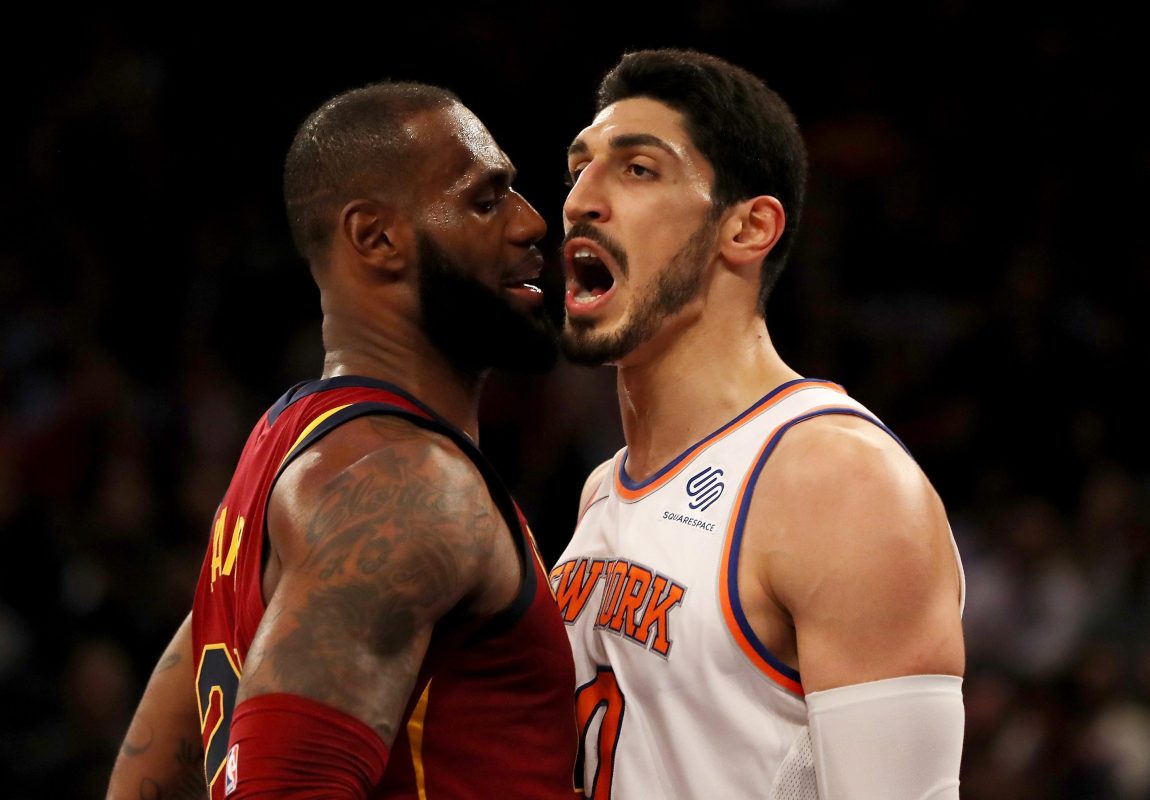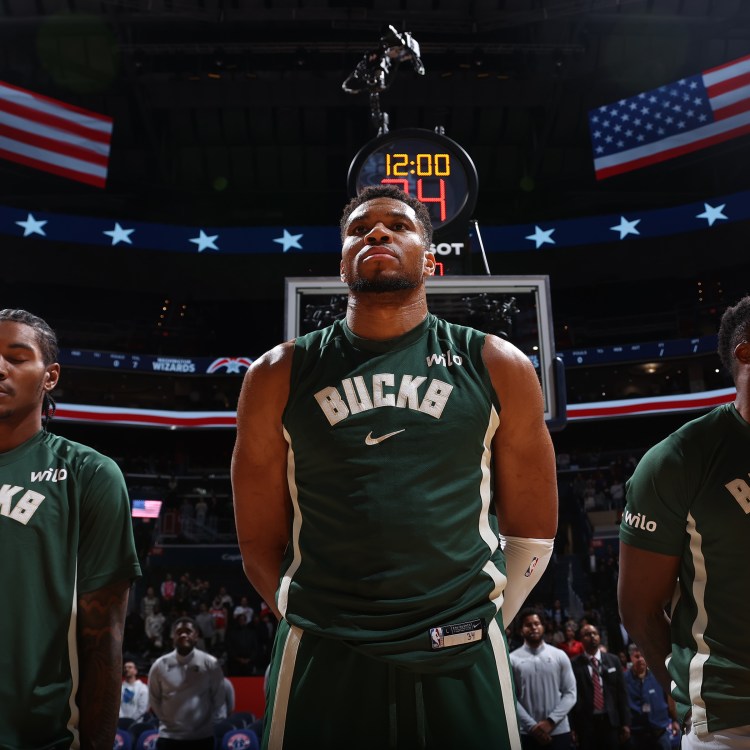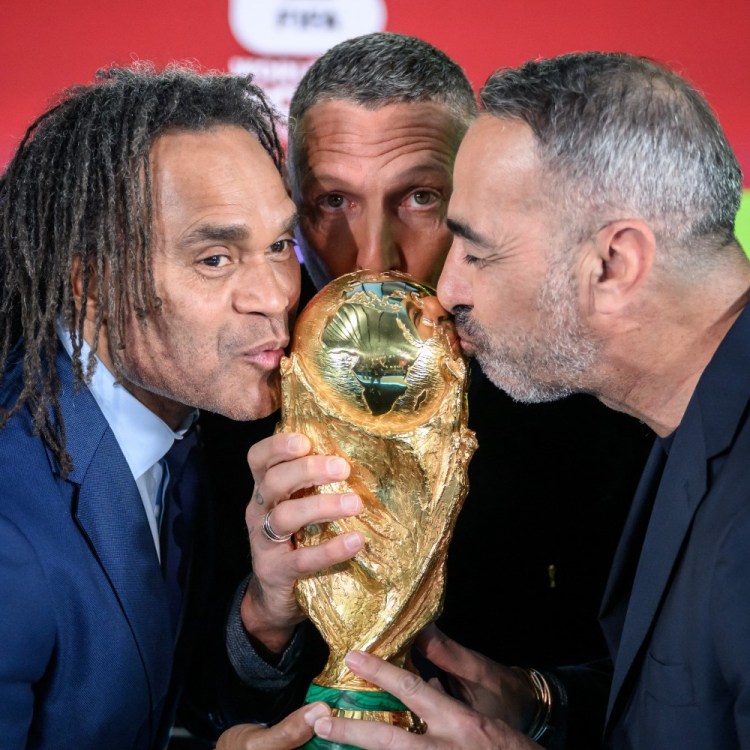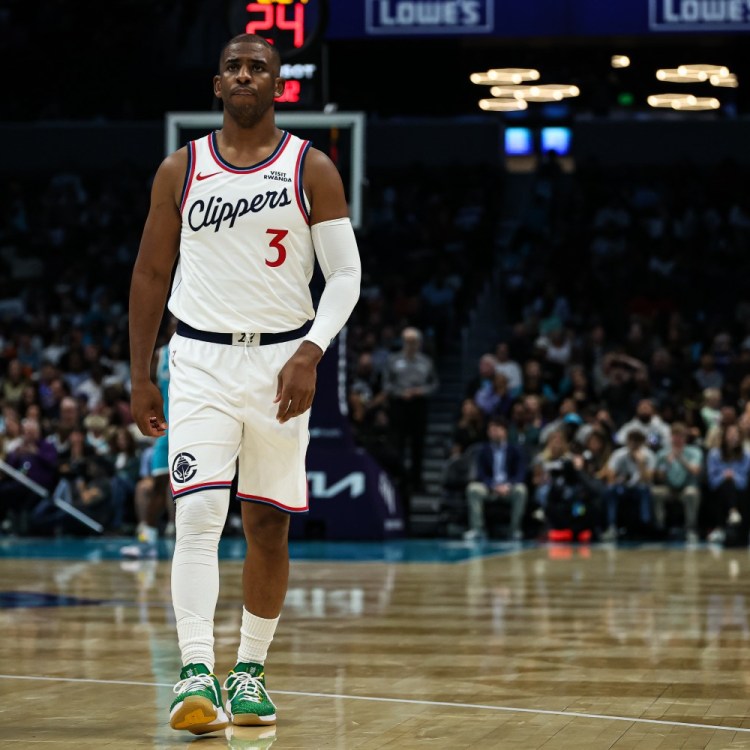Over the past calendar year, many All-NBA-caliber players have changed teams: Blake Griffin to the Pistons, Chris Paul to the Rockets, Jimmy Butler to the Timberwolves, DeMarcus Cousins to the Pelicans, Kyrie Irving and Gordon Hayward to the Celtics, and Paul George and Carmelo Anthony to the Thunder. The transaction log has seen heavy action since Kevin Durant joined the Warriors in summer of 2016. But it is not just the superteam up at Golden State that’s shaken up the league. A new collective bargaining agreement and the cap boom two summers ago have contributed to the abnormally active atmosphere. Some NBA executives don’t see the changes going away anytime soon, but do think they could have major repercussions going forward. The NBA instituted the max contract deal the year after Michael Jordan made $33.1 million in the 1997-98 season. Instead of getting rid of it, the players’ union wound up negotiating other changes, including a new set of possible max contracts. But the new menu of max offerings isn’t working out as planned. The whole point was to help teams keep star players by giving them a great financial incentive to stay. But totally deserving candidates don’t make the qualifications for the highest category — the supermax — and signing deals has made it it very difficult to build a title-contending team around that player.
The Charge will help you move better, think clearer and stay in the game longer. Subscribe to our wellness newsletter today.


















